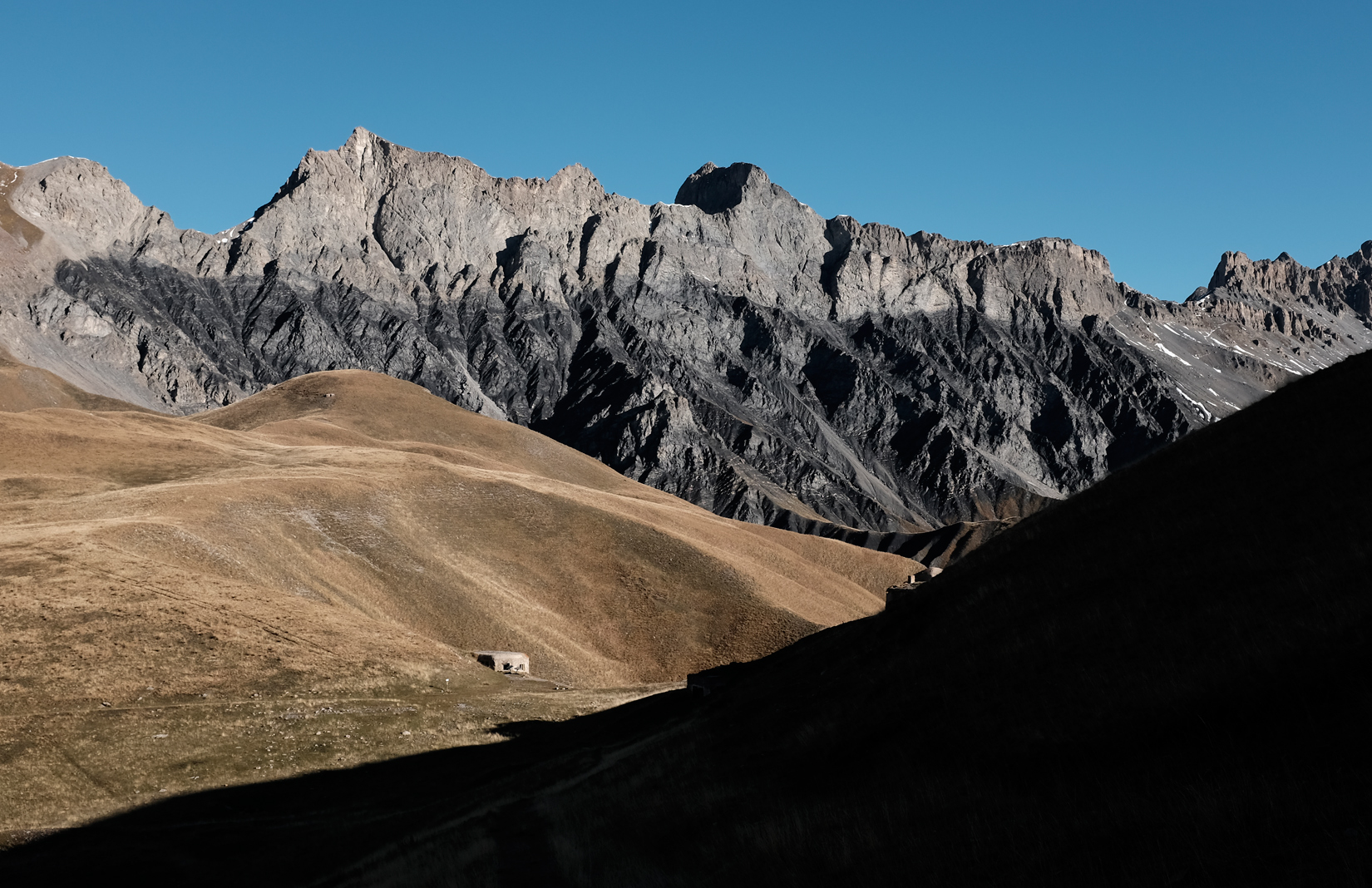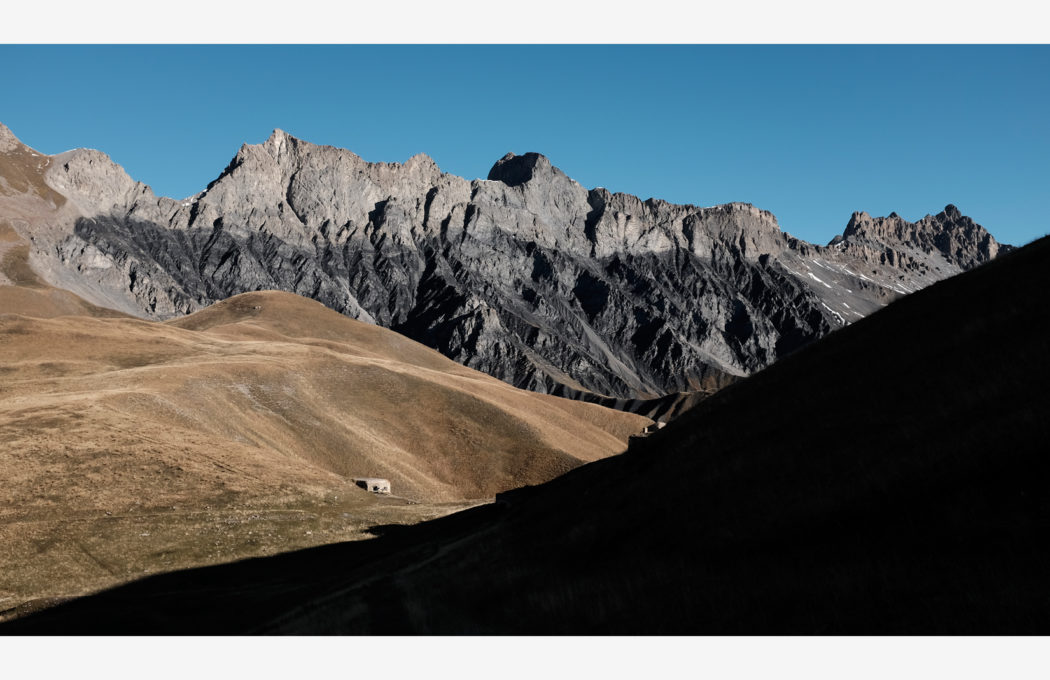
Col de Fourches. Photography: Camille McMillan
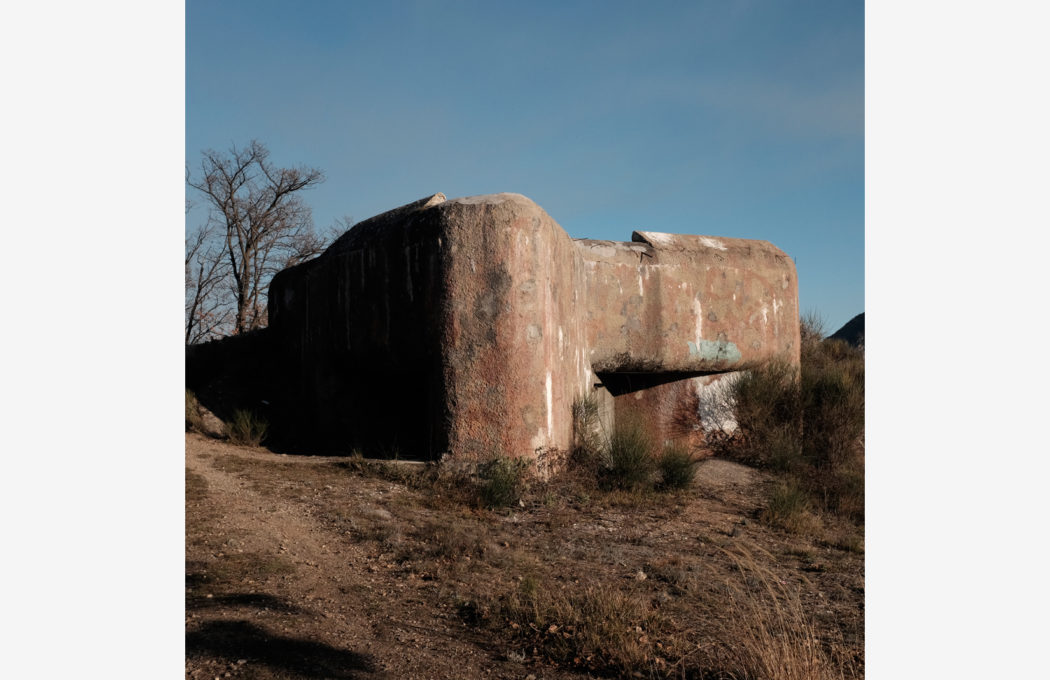
Agaisen bunker. Photography: Camille McMillan
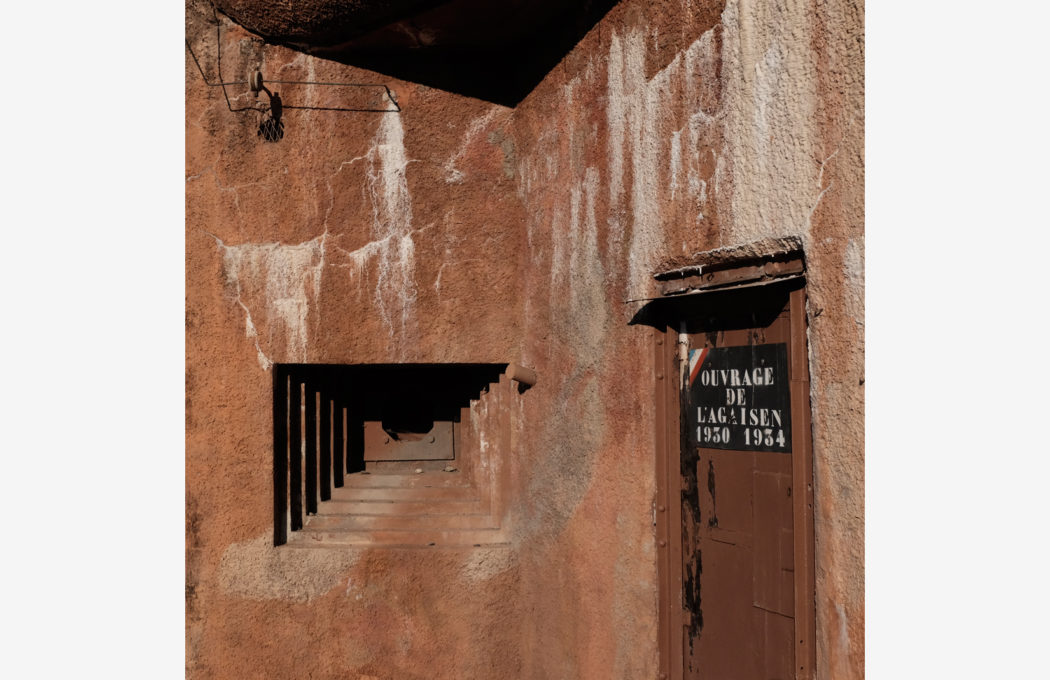
Entrance to the Agaisen bunker. Photography: Camille McMillan

Moutière bunker. Photography: Camille McMillan

Sainte Agnès bunker. Photography: Camille McMillan
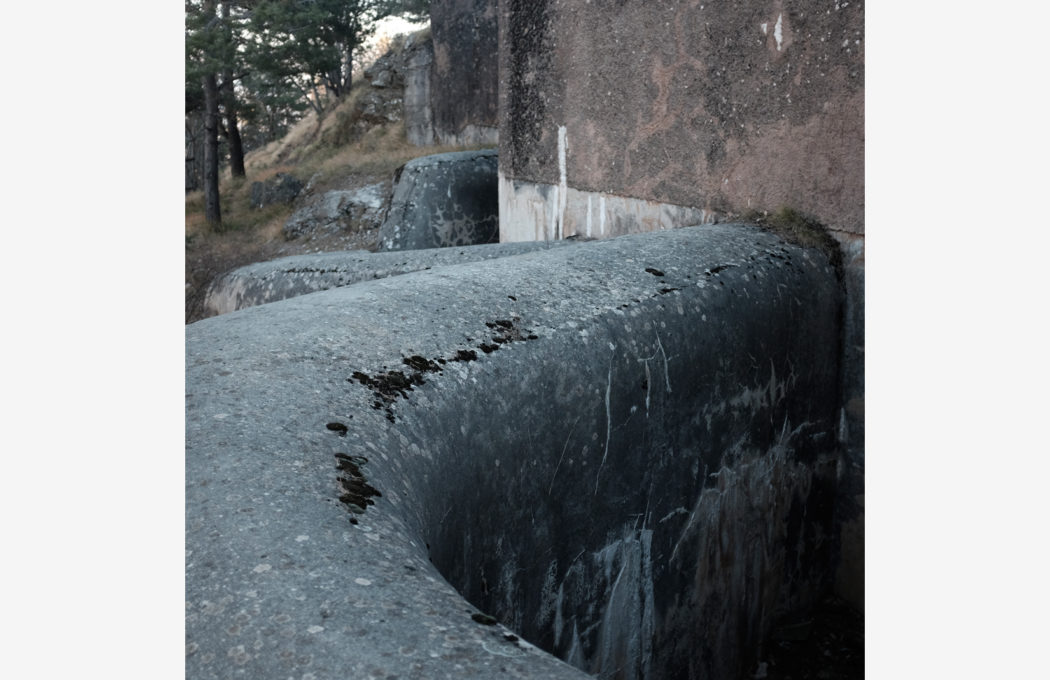
Monte Grosso bunker. Photography: Camille McMillan
While travelling around the Alpes-Maritimes region of France on his bike, writer Max Leonard began noticing strange structures hidden in the landscape – sunken, windowless buildings that seemed to appear out of nowhere.
‘I knew they were former military bunkers but I was intrigued by the way they looked and why there were in such remote locations,’ says Leonard. He has spent the last eight months researching the structures with photographer Camille McMillan for their book, Bunker Research. ‘Some are above the snow line and exist in complete isolation. There is one on the Col de la Bonette mountain pass, the highest road in Europe.’
Strategically placed throughout the French Alps by the French, they were built in some of the most remote places in Europe. Constructed from reinforced concrete, the bunkers look incongruous against the wild, natural beauty of their surroundings. The domed and cubed structures look like UFOs ready to take off at any moment.
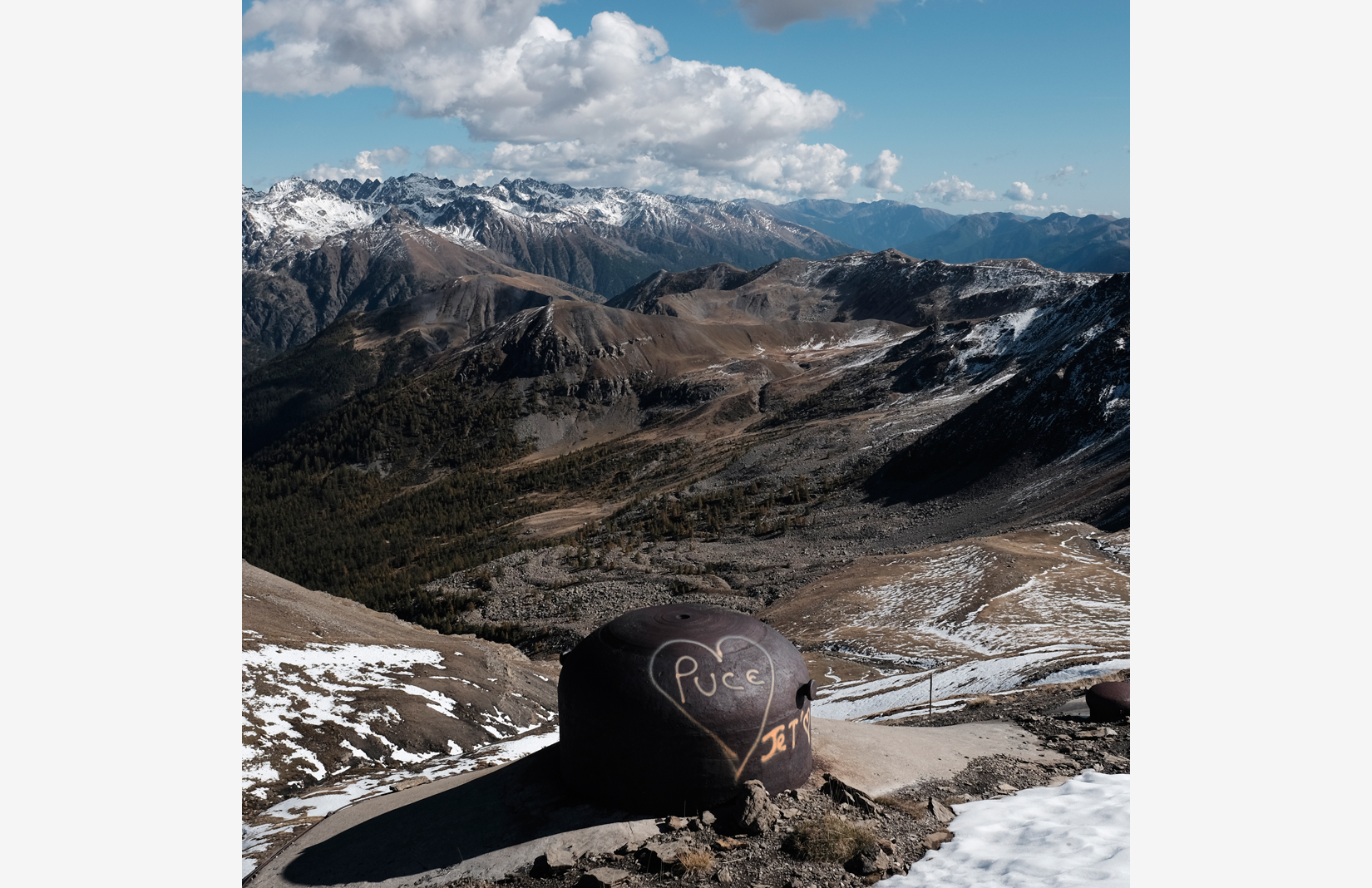
The French built the bunkers between WWI and II, paranoid that Italy was going to invade through the Alps. The fortifications formed part of the southern section of Maginot Line, a stretch of defences the government constructed in the 1930s along its eastern borders, which ended on the Côte d’Azur.
‘They took years to plan, required a huge amount of effort to build and soldiers lived in them for months at a time but they were barely used because the invasion occurred further north,’ Leonard says. ‘Many saw little or no action.’
Their subterranean designs and remote locations render them useless as dwellings and – now decommissioned – they’ve been left to slowly rot. Some have been used to grow mushrooms and a few are open for guided tours.
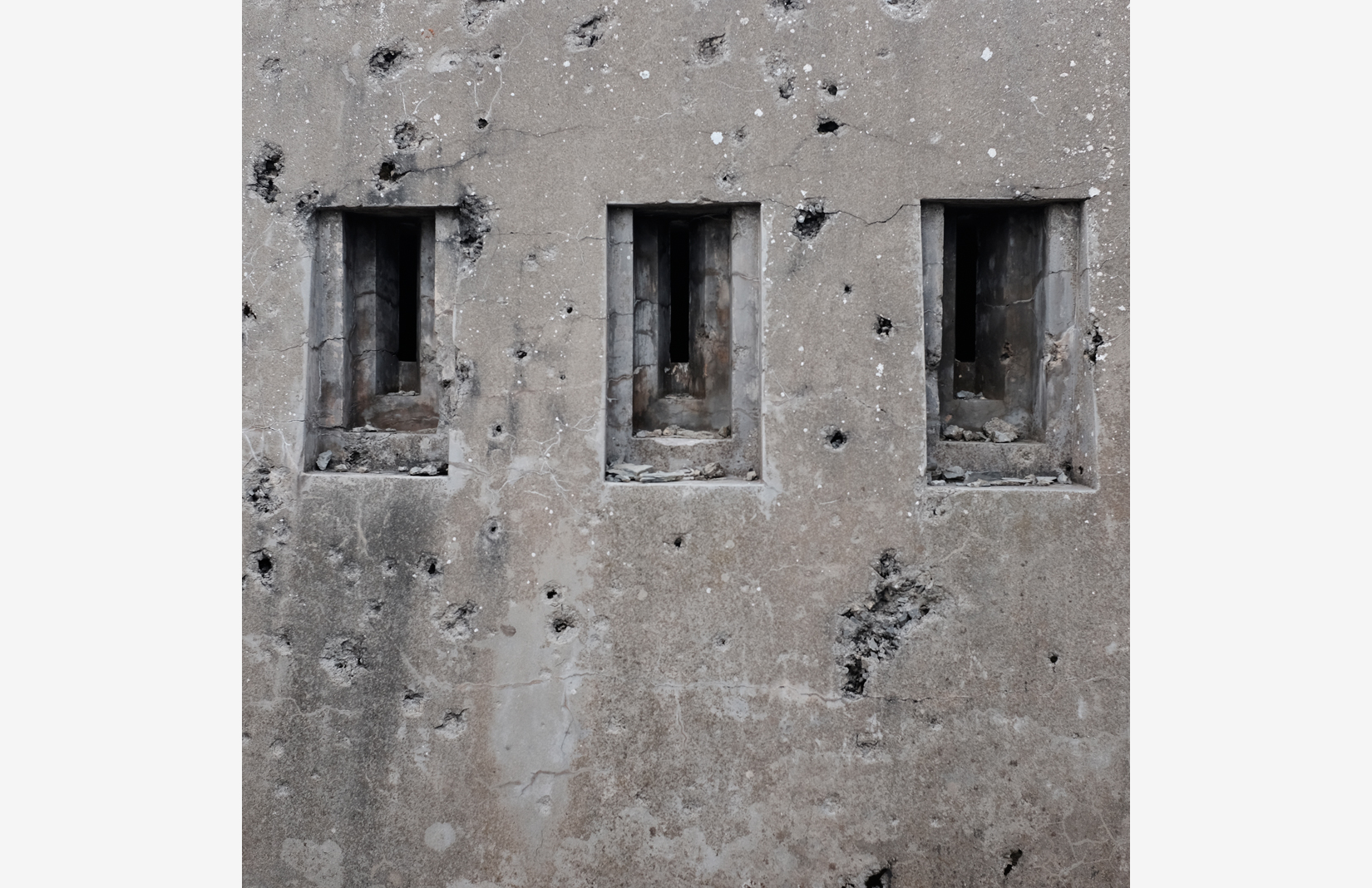
Regardless of their state, the bunkers possess a certain Brutalist charm. Their designs were adapted to suit the terrain, producing a variety of different styles. Some look a bit steampunk, others like cave dwellings.
Although they are slowly succumbing to the elements, the bunkers are enduring features in the landscape. The fortifications’ 2.8-metre-thick concrete walls were built to withstand bomb blasts, so it’s little wonder they haven’t been demolished.
‘The bunkers have outlasted the people who lived in them and they will be there until they crumble into dust,’ Leonard says. ‘They jar with the surroundings but as they decay, they feel less foreign and more part of the landscape.’
‘Bunker Research – a story of the hidden history of modernism in the mountains’ by Max Leonard and Camille McMillan is published on June 30 2016




